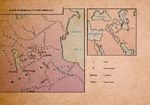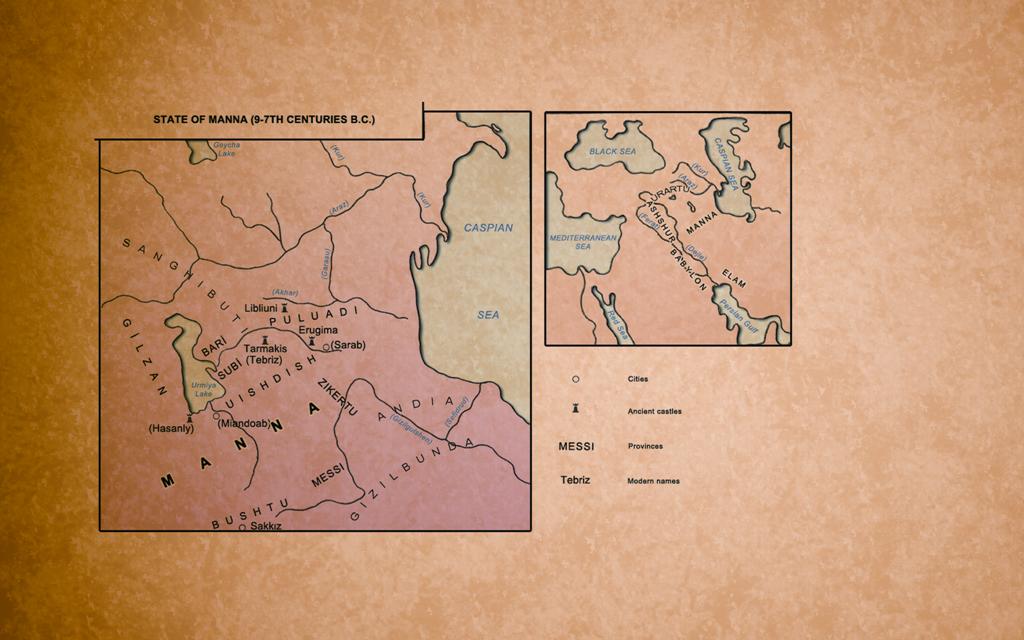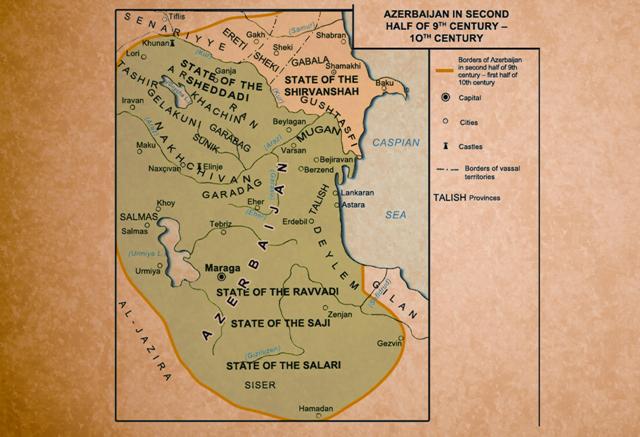Kingdom of Mannaea
The name of Mannaea was first mentioned in an Assyrian chronicle in 843 BC. The Mannaeans strove to maintain their independence on the background of persistent struggle between Assyria and Urartu for seizing the lands around Lake Urmia. The Mannaean kingdom flourished during the reign of Iranzu. Having turned into a superpower in the ancient East at the end of VIII and in the beginning of VII centuries BC, Mannaea covered the lands around Lake Urmia and most of the basin of and southern areas from the River Giziluzen. In the mid of the 7th century BC Mannaea declined and was conquered by the Medes in 590 BC. Its capital was Izirtu.













 Inauguration ceremony of President of Azerbaijan Ilham Aliyev was held
Inauguration ceremony of President of Azerbaijan Ilham Aliyev was held Ilham Aliyev wins presidential election with 92.05 percent of votes VIDEO
Ilham Aliyev wins presidential election with 92.05 percent of votes VIDEO President Ilham Aliyev, First Lady Mehriban Aliyeva and family members voted in Khankendi VIDEO
President Ilham Aliyev, First Lady Mehriban Aliyeva and family members voted in Khankendi VIDEO Plenary session of 6th Summit of Conference on Interaction and Confidence Building Measures in Asia gets underway in Astana. President Ilham Aliyev attends the plenary session VIDEO
Plenary session of 6th Summit of Conference on Interaction and Confidence Building Measures in Asia gets underway in Astana. President Ilham Aliyev attends the plenary session VIDEO President Ilham Aliyev was interviewed by Azerbaijani TV channels in Prague VIDEO
President Ilham Aliyev was interviewed by Azerbaijani TV channels in Prague VIDEO














